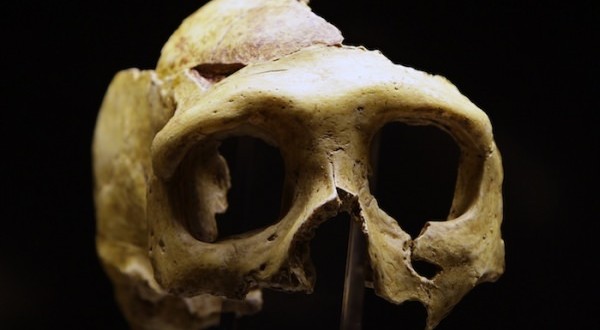Scientists were able to connect an early Homo sapiens to a close Neanderthal ancestor, indicating the two species interbred in ancient Europe.
Howard Hughes Medical Institute geneticists analyzed ancient DNA from the jawbone of a human who lived in Europe about 40,000 years ago, providing the first genetic evidence that humans interbred with Neanderthals in Europe.
Researcher David Reich said that they know that 45,000 years ago, the only humans in Europe were Neanderthals. But 35,000 years ago, the only humans in Europe were modern humans. This is a dramatic transition.
Reich added that there is archaeological evidence that modern humans interacted with Neanderthals during the time that they both lived in Europe: Changes in tool making technology, burial rituals, and body decoration imply a cultural exchange between the groups, but researchers have very few skeletons from this period.
So the jawbone that archaeologists uncovered in Romania in 2002, which radiocarbon dating determined was between 37,000 and 42,000 years old, was an important find.
The jawbone was found along with the skull of another individual in a cave called Petera cu Oase. No artifacts were discovered nearby, so anthropologists had no cultural clues about who the individuals were or how they lived. The physical features of the jawbone were predominantly those of modern humans, but some Neanderthal traits were also apparent, and the anthropologists proposed that the bone might have belonged to someone descended from both groups.
Agencies/Canadajournal
 Canada Journal – News of the World Articles and videos to bring you the biggest Canadian news stories from across the country every day
Canada Journal – News of the World Articles and videos to bring you the biggest Canadian news stories from across the country every day



